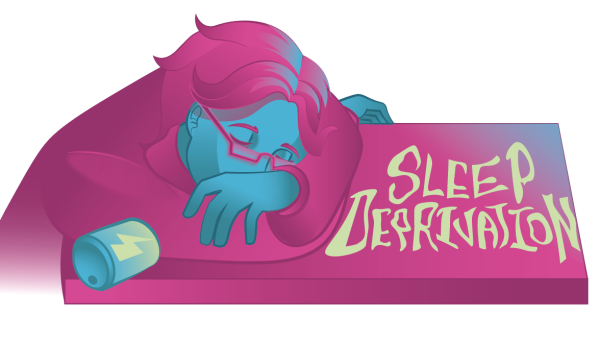Exams stump students with decisions

After three months of the refreshing summer break from school, juniors carry loads of stress on their shoulders, one being the practice Scholastic Aptitude Test.
The PSAT has allowed junior Aditi Sharma to get repeated exposure to content similar to the Scholastic Aptitude Test.
“I’ve taken the PSAT twice and the Readistep so I feel that it’s better to take the SAT,” Sharma said.
The PSAT allows students to qualify for a National Merit Scholarship during their junior year. The National Merit Scholarship Corporation uses the Selection Index score to award recognition in the programs it conducts including offered scholarships in the next year, according to college advisor Veronica Castillo. If students qualify, they are notified in the in month of September of their senior year.
In 1901 a group of leading American universities were concerned about not having a universal way to determine if students were prepared for college-level course work – creating the College Entrance Examination Board. Together they worked to administer the first standardized exam, according to the College Board. It was not until University of Iowa education professor E.F. Lindquist created the forerunner to today’s American College Test in 1959, that the exam was standardized for determining college-readiness, according to ACT Inc.
All U.S. universities and colleges accept both the ACT and SAT. The SAT is offered seven times 2013-2014, while the ACT is offered six times, according to Castillo.
“Since they are two different types of exams, students can use their own judgment when deciding which one they like better,” Castillo said. “They can then invest more student and prep time, either on their own or through test-prep services, in the exam of their choice before taking it a second time.”
The ACT includes an additional Science portion compared to the SAT, which only covers Critical Reading, Math, and Writing. The science portion is meant to test a student’s reading and reasoning skills based on a given set of facts according to the Princeton Review. With 40 questions in this portion of the exam, students must analyze graphs, tables, charts, and research summaries.
The ACT is broken up into four sections: a 45-minute English section, 35-minute reading section, 60-minute math section and 35-minute science section with an optional 30-minute writing test.
The Scholastic Aptitude Test is broken up into “mini” sections: a 70-minute critical reading section, two 25-minute math sections, one 20-minute math section, one 25- minute writing section, 10-minute writing section, and a mandatory 25-minute essay portion, according to the Princeton Review.
Senior Sarah Boles believes taking the practice exams helped her feel better prepared for the real SAT compared to the lack of practice available for the ACT.
“I took the PSAT freshman, sophomore, and junior year as well as a SAT prep class so I knew pretty much exactly what to expect,” Boles said. “When I took the ACT I knew nothing about it. The science section was very difficult for me. I just didn’t feel as prepared for it as I did for the SAT.”
Students should take both exams to ensure they are choosing the exam that shows the students’ academic abilities, according to Boles.
“Most people think the ACT is easier than the SAT, I thought the opposite,” Boles said. “Go and take both tests, I think students will end up regretting it if they don’t.”
The ACT exam does not penalize students for guessing on questions they are unsure of, unlike the SAT. For every correct answer, the student gets one point on the SAT, but for every incorrect answer a quarter of a point is subtracted from the student’s accumulated correct answers.
For senior Nadia Bayoumi, the ACT was the better test for her because of the scoring system and layout of the exam.
“The ACT doesn’t make you switch back and forth from writing to math, then back to writing, then to reading and then back to math again,” Bayoumi said. “All the math is in one section, all the science questions are together and so on. I’m more of a math and science person so I think that is why I liked the ACT better. You are also not penalized for getting a question wrong on the ACT.”
Although the ACT is more science and math oriented than the SAT, students who do not excel in math should take the exam anyway to see if they do better on it than the SAT. Most college admission officers are concerned with the composite score of the ACT than they are with each section, apposed to the SAT, which looks at each section of the exam.
“Students can then determine which test they like better and can have an opportunity to take the test again, perhaps the last test date of the year, or early in the fall semester of their senior year,” Castillo said.
Your donation will support the student journalists of James Bowie High School. Your contribution will help cover our annual website hosting costs. Any contributions made through this service are NOT tax deductible. If you would like to make a tax deductible donation OR to subscribe to our print edition, please contact us at [email protected].





